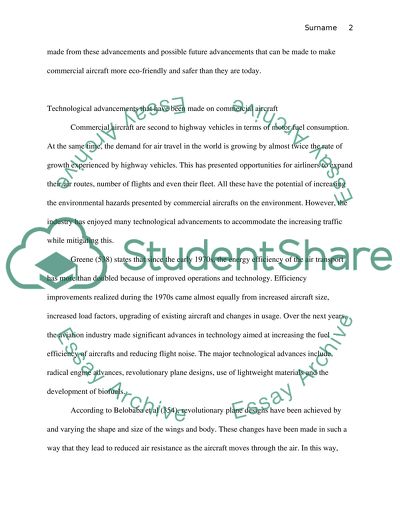Cite this document
(“How has technology influenced commercial aircraft to make them more Research Paper - 1”, n.d.)
How has technology influenced commercial aircraft to make them more Research Paper - 1. Retrieved from https://studentshare.org/design-technology/1585770-how-has-technology-influenced-commercial-aircraft-to-make-them-more-eco-friendly-and-safer
How has technology influenced commercial aircraft to make them more Research Paper - 1. Retrieved from https://studentshare.org/design-technology/1585770-how-has-technology-influenced-commercial-aircraft-to-make-them-more-eco-friendly-and-safer
(How Has Technology Influenced Commercial Aircraft to Make Them More Research Paper - 1)
How Has Technology Influenced Commercial Aircraft to Make Them More Research Paper - 1. https://studentshare.org/design-technology/1585770-how-has-technology-influenced-commercial-aircraft-to-make-them-more-eco-friendly-and-safer.
How Has Technology Influenced Commercial Aircraft to Make Them More Research Paper - 1. https://studentshare.org/design-technology/1585770-how-has-technology-influenced-commercial-aircraft-to-make-them-more-eco-friendly-and-safer.
“How Has Technology Influenced Commercial Aircraft to Make Them More Research Paper - 1”, n.d. https://studentshare.org/design-technology/1585770-how-has-technology-influenced-commercial-aircraft-to-make-them-more-eco-friendly-and-safer.


